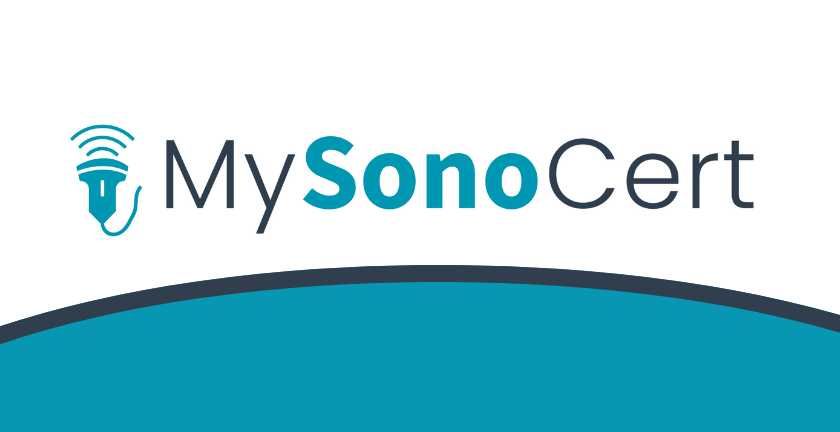Written by the ABEM Resident Ambassador Panel:
Joan W. Chou, M.D., Charles Sanky, M.D., M.P.H., and Barbara Van De Water, D.O., M.B.A., M.S.
Panel members serve two-year terms during their residency training and provide a resident perspective to ABEM activities. Working with ABEM over the past year, the 2022-2024 ABEM Resident Ambassador Panel has gained insights into the purpose and usefulness of the In-training Exam, and have outlined them from their perspective. We hope this helps residents in better understand the purpose of the In-training Exam.
The American Board of Emergency Medicine offers an annual In-Service Training Exam (ITE) for emergency medicine resident physicians. However, many misunderstandings surround the purpose and utility of this exam. As the Resident Ambassador Panel, we aim to clarify how the ITE can help residents prepare for the Qualifying Exam for board certification.
The goal of this exam is to enable residents to know the likelihood they will pass the Qualifying Exam for board certification. The ITE is a 225-question, multiple choice, formative assessment designed to evaluate whether current study methods and clinical experience are adequately preparing the resident for their board exam. Content and questions come from the EM Model, a comprehensive review of the standards and knowledge base that emergency physician leaders across the country view as necessary for the clinical practice of EM.
The ITE assesses an assortment of questions in each domain, which means that it is not comprehensive of all knowledge that is required. Consequently, the ITE does not accurately reflect knowledge gaps in each domain. For example, approximately four questions on psychobehavioral disorders cannot reflect the broad knowledge required to care for our patient populations. If a resident were to only get one of those four questions correct, it may seem to suggest that the resident must emphasize studying more in that field, but we must keep in mind that four questions are not representative of overall knowledge. From a residency program perspective, this information is perhaps more valuable. If a program’s residents perform poorly in one domain, education and didactics may be tailored to meet these requirements.
Performance on the ITE is not a surrogate for clinical competence. No multiple choice exam can adequately assess procedural skills, management skills, and system-level practice in the way that EM clinical practice requires. Therefore, the ITE is not, by itself, a marker of resident success. ITE results should be used in limited ways. The ITE has not been validated for use in a disciplinary manner, for restricting moonlighting, requiring additional shifts, or in any other way that allows for differential treatment based on test scores. Rather, unsatisfactory ITE performance can signal to residents and residency programs the necessity of enhanced preparation for the Qualifying Exam of the boards.
In conclusion, the annual ITE is an essential tool that residents can use to assess their readiness for the Qualifying Exam. Performance on the ITE should not be mistaken for a resident’s overall clinical competence . ITE scores should not be used diagnostically or for any disciplinary purposes. Instead, poor ITE performance can identify opportunities for education and test preparation to ultimately help residents pass the Qualifying Exam of the certification boards and start the next chapter of their careers as emergency physicians.


